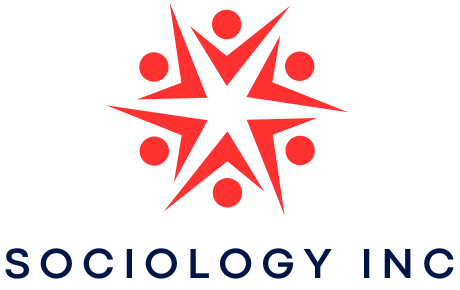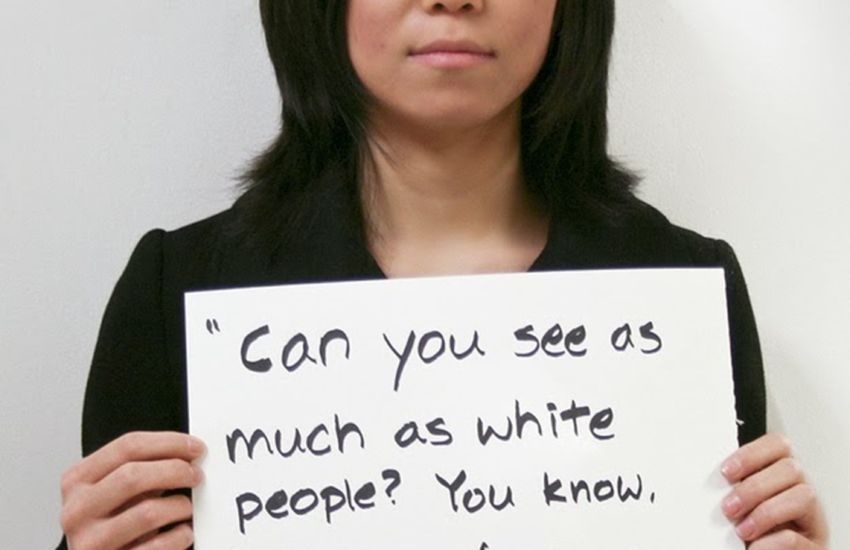The experience of racism can come in many different forms, some of which are blatant and overt, while others are subtle and difficult to identify. Racial microaggressions are one such form of subtle discrimination that can have a significant impact on individuals, particularly those from historically marginalized communities. Microaggressions refer to the subtle, often unconscious, ways in which people communicate discriminatory attitudes and behaviors towards individuals of different racial and ethnic backgrounds. In this article, we will explore the concept of racial microaggressions, their impact on individuals, and how to address them.
As a sociologist who has experienced microaggressions firsthand, I can attest to the harm that they can cause. One example of a microaggression that I experienced was when I submitted a graduate paper that was harshly criticized by a professor. The same professor, however, gave an Asian exchange student extra help and enlisted other graduate students to assist. This incident left me feeling frustrated and belittled, as it suggested that my work was not valued or taken seriously in the same way as that of my peers.
Microaggressions can also be experienced in more overt ways, such as when a teacher during elementary school assumed that the part in my hair (and that of the other black male students) was gang-related. This assumption was based on stereotypes and assumptions about the behavior and appearance of black people, which can be perpetuated through microaggressions. Similarly, while working on a newsletter during a summer program in high school, the lead instructor insisted that we stage a situation where I was stealing artwork. This microaggression was an attempt to frame me as a criminal based on my race, which is a form of prejudice and discrimination.
It is not just people outside of our communities that can perpetuate microaggressions. Even individuals who share the same racial background may engage in microaggressions towards each other. I have personally experienced this, such as when a Black security guard at a leadership conference insisted that I did not belong there and suggested that I received too much free stuff, even when others had done the same.

The impact of microaggressions can be significant and long-lasting. They can erode an individual’s self-esteem, create feelings of self-doubt, and contribute to a sense of alienation and isolation. Over time, they can take a significant toll on an individual’s mental health and well-being, leading to depression, anxiety, and other related issues.
It is important to recognize that microaggressions are not isolated incidents but rather part of a larger system of oppression and discrimination. Microaggressions can perpetuate harmful stereotypes and create a culture of intolerance, making it difficult for individuals from marginalized communities to succeed and thrive. Understanding and addressing microaggressions is an important step towards creating a more inclusive and equitable society.
Ways to Address Microaggressions
One way to address microaggressions is to start by acknowledging their existence and understanding the harm that they can cause. Educating oneself on the concept of microaggressions and the ways in which they manifest can help individuals recognize and avoid perpetuating them. Individuals can also work to address microaggressions when they witness them, by speaking up and holding others accountable for their behavior.
Another way to address microaggressions is to engage in conversations about race and discrimination. By creating a safe and open space for dialogue, individuals can share their experiences and perspectives, helping to break down barriers and build bridges between different communities.

Institutions can also play a role in addressing microaggressions by implementing policies and practices that promote diversity, equity, and inclusion. This can include training and education for employees and students, as well as creating a more inclusive environment through policies and practices that foster inclusivity and equity. This can be done by implementing diversity training programs, establishing clear policies against discrimination, and promoting a culture of open communication and dialogue. It is also essential to create opportunities for marginalized groups to have a voice in decision-making processes and to hold those in positions of power accountable for their actions.
At the institutional level, universities and workplaces can play a significant role in addressing racial microaggressions. For instance, universities can create multicultural centers and support programs to provide resources and support to students from diverse backgrounds. Employers can implement policies that promote diversity and inclusion, such as diversifying recruitment efforts and creating an inclusive workplace culture.
It is important to note that addressing racial microaggressions is not a one-time solution. It requires ongoing effort and commitment from all members of society to promote equality and social justice. This includes acknowledging the impact of historical and systemic racism and working towards dismantling it. It also involves challenging our own biases and assumptions and committing to lifelong learning and growth.
In conclusion, racial microaggressions are subtle forms of discrimination that can have significant impacts on individuals and communities. Understanding and addressing them requires a collective effort that involves education, awareness-raising, and policy changes. By taking steps to recognize and challenge microaggressions, we can create a more inclusive and equitable society for all. As the great sociologist and civil rights leader W.E.B. Du Bois once said, “The cost of liberty is less than the price of repression.”

